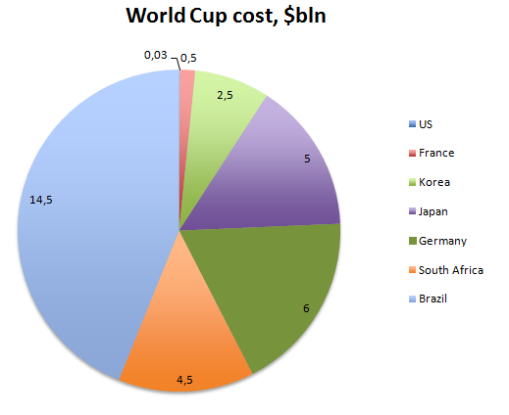Tom Chatfield, author on digital culture, published an article in the Guardian this month on how smart wearables fade in importance compared to smartcars. Yet a discussion about whether people want to “connect their smartphones to their wrists and faces” is reductive. We may want to look at it from the following viewpoint: just how much control do we want to give to technology in our lives and how far are we ready to go with the trade-off between complete control and “easier”?
Positing this debate from an economist’s point of view, individuals will take up an action if benefits for doing so outweigh the costs. The value of the benefit of a technology is sometimes easy to figure out – tracking someone’s blood sugar through an eye lens to cope with diabetes, or monitoring a baby’s sleep to warm up milk at night is useful. But just how costly is it? Beyond the monetary price, how much trust can we put in a mechanism that is meant to act as a nano doctor attached to our bodies, telling us when to apply an injection of insulin? How much can we trust a “connected” baby romper to understand a child’s sleep state? Further, should we allow being driven by a computer-controlled car?
Hypothesizing about “which smart device will bring about the revolution” should rely on a framework of axioms we can agree on. People have heterogeneous tastes, they face information barriers and budget constraints, so not everyone will be able to give up control or enhance trust in technology, let alone afford it. How many people once argued against cars, television, or even calculators? Clearly, these devices have facilitated many tasks in our lives but they are also associated with a certain opportunity cost – higher accident rate, TV addiction or possibly a decrease in capacity to do mental calculations. Yet the rate of success of some inventions has shown that overall the benefits of these devices outweighed the costs that people observed, and trust increased.
So people want to trust a technology – and a great way of doing so is by observing what others are doing. Also, we could imagine that the adoption rate depends on the time that a useful technology has been around – it could be an exponential or an otherwise increasing function, but essentially my propensity to adopt a technology depends on how many people have adopted it so far and whether it has been available for a long time.
P (Probability of a marginal adopter) = F (Other people’s adoption rate, Time the useful technology has been available)
Further research could explore what this relationship is likely to be. We could imagine that the first variable will have a positive impact on the outcome and the second variable may have a quadratic relationship with the marginal probability of adoption. Clearly, the so-called early adopters will have a high P and the laggards will have a low P. Different industries and products may have different functions F.
In addition, the factor of “other people’s adoption rate” encompasses various variables, such as price of the technology and uncertainty of the benefit associated with it. Network effects also may be important, as people are likely to adopt a technology if their immediate peers use it. We could imagine that certain industries could have a marginal adopter function of this kind:
We could also suppose that the overall adoption rate increases and decreases back again with time – which is the benchmark inverted U of a technology adoption lifecycle. After a technology has been around for a while, its use decreases as something else becomes available.
Thus the debate of whether smartcars or smarwatches/lenses/rompers will come first may be of a lesser interest than understanding how people’s characteristics such as taste, risk aversion, peer pressure or income interact with the specificity of a technology – or how indispensable it is thought to be compared to its financial or other costs.
Our cars have gotten much smarter recently. But Chatfield argues that smartcars will free our hands of driving, implying so much benefit that people are likely to jump right into using them. Yet, if we look at it through the lenses of cost vs. benefit and complete information vs. information barriers, it may be more likely that people will adopt all kinds of other smart devices first – as long as they find them useful and accessible enough.

















